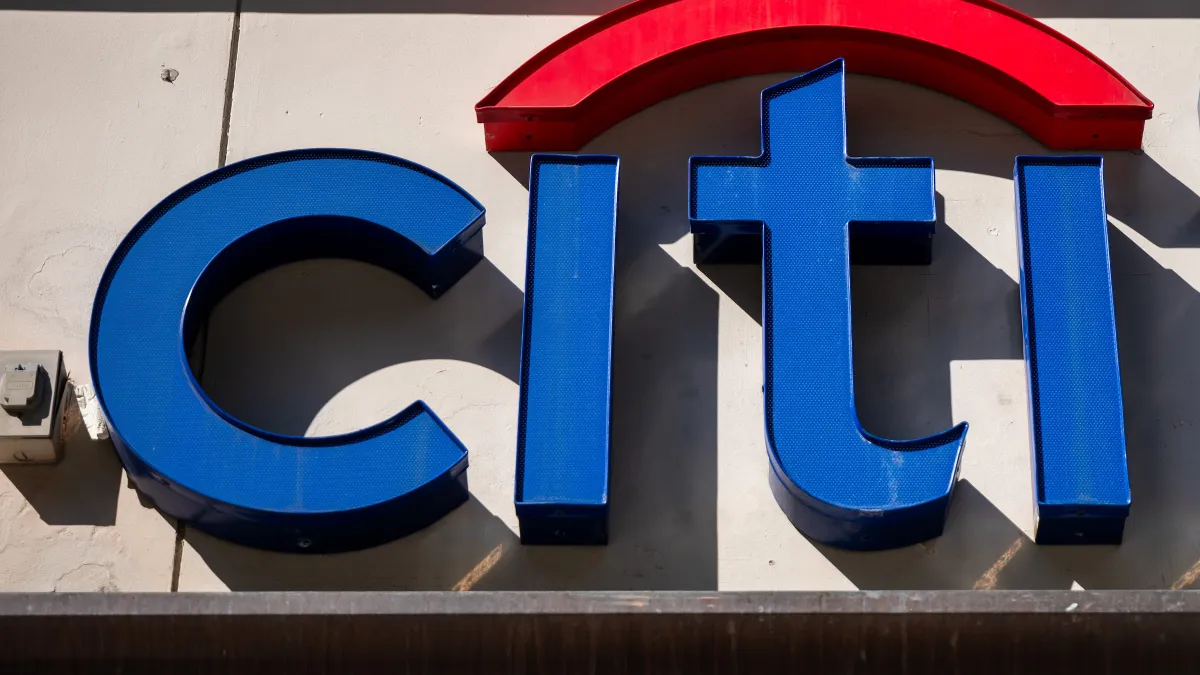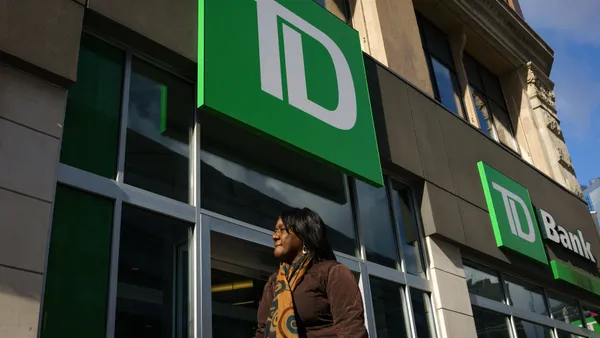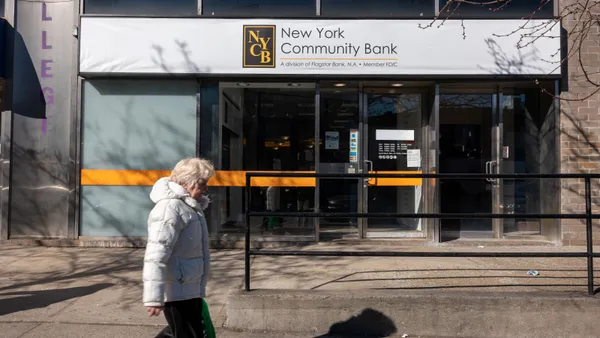Dive Brief:
- Wells Fargo has urged the Federal Reserve to lift an asset cap it imposed on the bank in early 2018, people familiar with the matter told the Financial Times and Reuters.
- A temporary or permanent removal of the $1.95 trillion cap would allow Wells Fargo to help businesses and customers whose revenues and incomes have taken a sharp hit during the coronavirus outbreak, the bank asserted.
- Wells Fargo CEO Charlie Scharf wants to address the regulatory issues facing the bank "with a different sense of urgency and resolve, while beginning to develop a path to improve our financial results," he said in a January press release announcing the bank’s earnings.
Dive Insight:
In response to Wells Fargo’s 2016 fake accounts scandal, the Fed instituted the asset cap to restrict the bank’s growth until it "sufficiently improves its governance and controls."
The asset cap has been a point of contention between the bank and lawmakers as recently as this month. Rep. Nydia Velázquez, D-NY, accused former Wells Fargo board members Betsy Duke and James Quigley, during a hearing just days after they resigned, of being more concerned with lifting the cap than fixing management issues at the nation’s fourth-largest bank.
"The priority of the two of you and the overall focus of the board was on lifting the asset cap and exiting the consent decree and not actually fixing the risk management problems at the bank or holding senior management accountable," she said.
While he was serving as Wells Fargo’s CEO, Scharf’s predecessor, Tim Sloan, said he hoped Wells Fargo could initially exit the cap "in the first part of 2019." But after Sloan abruptly left the bank, executives would no longer give an estimated timetable.
Wells Fargo spokeswoman Arati Randolph would not comment Saturday to Reuters about recent talks with the Federal Reserve, but added the bank was concentrating on satisfying the requirements of the consent order.
"During these challenging times, we are very focused on doing all we can for our clients while operating under the constraints of the asset cap," she said.
The Federal Reserve declined to comment.
As of December, the bank held a balance sheet of $1.928 trillion, meaning it would hit the cap quickly if it were to add deposits or loans without selling off other assets.
In a note this month titled "Five ways the Fed could stem the panic," Bank of America analyst Erika Najarian said Wells Fargo would probably benefit from deposit growth during the coronavirus outbreak because people who save money move to safer institutions. Indeed, one of Najarian’s five points in the note, according to the Financial Times, was “remove Wells Fargo’s asset cap for now.” “In our view, now is not the time for a big bank to pick and choose deposit growth for the sake of an asset cap,” she said.
In a March 11 meeting to discuss the coronavirus crisis with President Donald Trump and several big-bank executives, Scharf said, "We are all here to help . . . whether it’s to help them [customers] through issues with their fees, payments, or to be there to lend," according to a transcript seen by the Financial Times.













